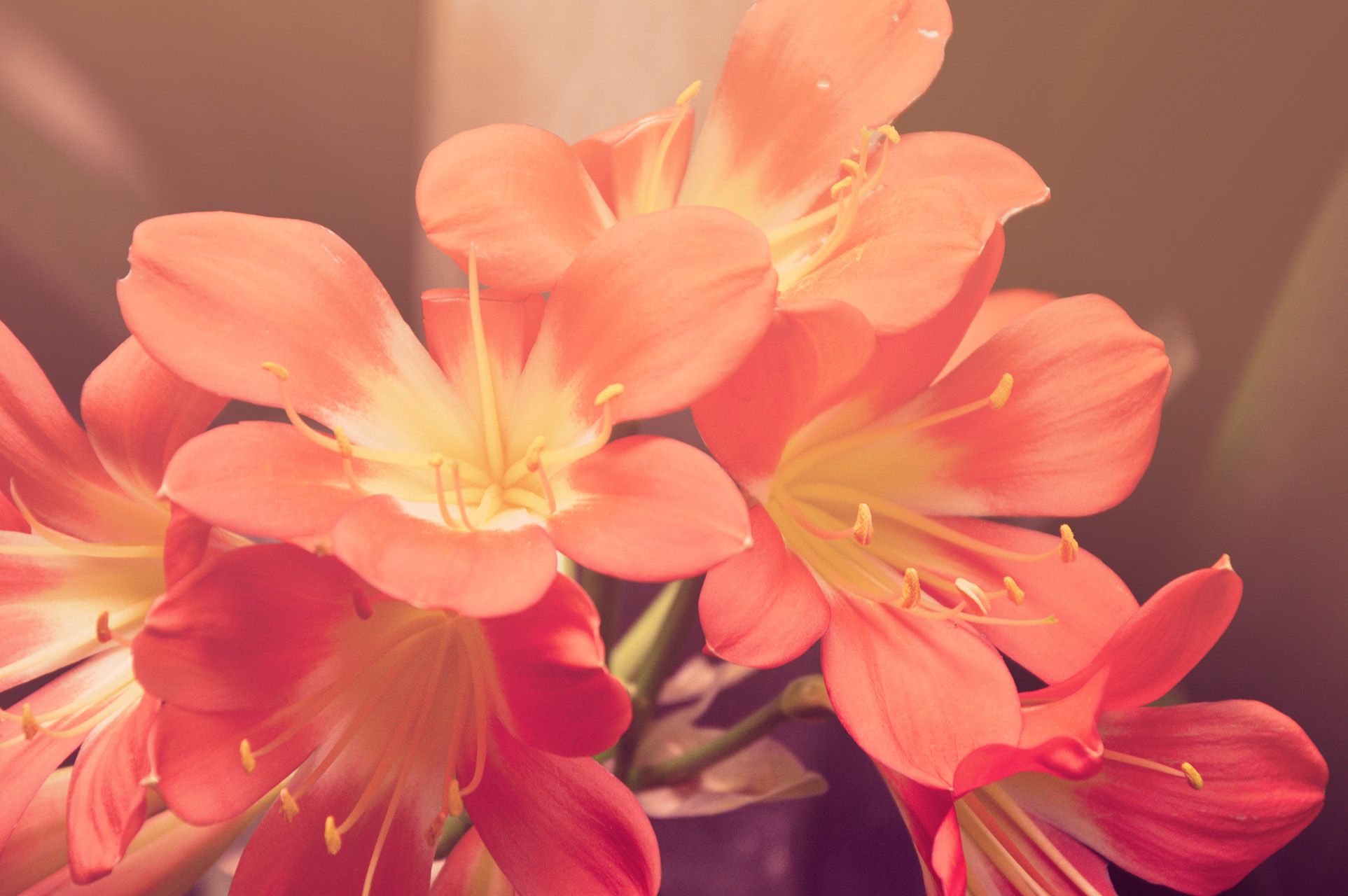When Julia Kasdorf traveled to China for SST in 1982, she recorded her experience with what would soon be a nationally acclaimed gift: poetry.
While there, she tried to capture a sense of the place by writing poems, much the same way she took photographs. Many of her poems, she said, refer to plants, one of her abiding interests, or history.
“In the fall of 1982, when my group was there, the Cultural Revolution was still very present in peoples’ experience,” Kasdorf said. “[T]he class I taught with Janet Lind at Sichuan Teachers College was among the last group of students who had had their education disrupted by that event, so we had students who were 16 and one who was 46 years old, all in one senior class of students studying to be English teachers.”
Many of her poems were informed by that teaching work. The following two are from her book, Moss Lotus, published by Goshen College’s PinchPenny Press in the 1980s.
‘Tangerine Woman,’ “is a portrait of a vendor who sat at the college gates selling nuts in cones folded of homework papers,” Kasdorf said. “She had had her feet bound before the establishment of the Peoples Republic of China in 1936, when such practices were outlawed.”
In ‘Underground,’ she imagines “the purge of ornamental plants, which were outlawed during the Cultural Revolution because they were seen as vestiges of the bourgeois era.”
Kasdorf is an award-winning American poet; her three collections of poetry, most recently Poetry in America, have been awarded a 2009 NEA fellowship and a Pushcart Prize, among other honors.
